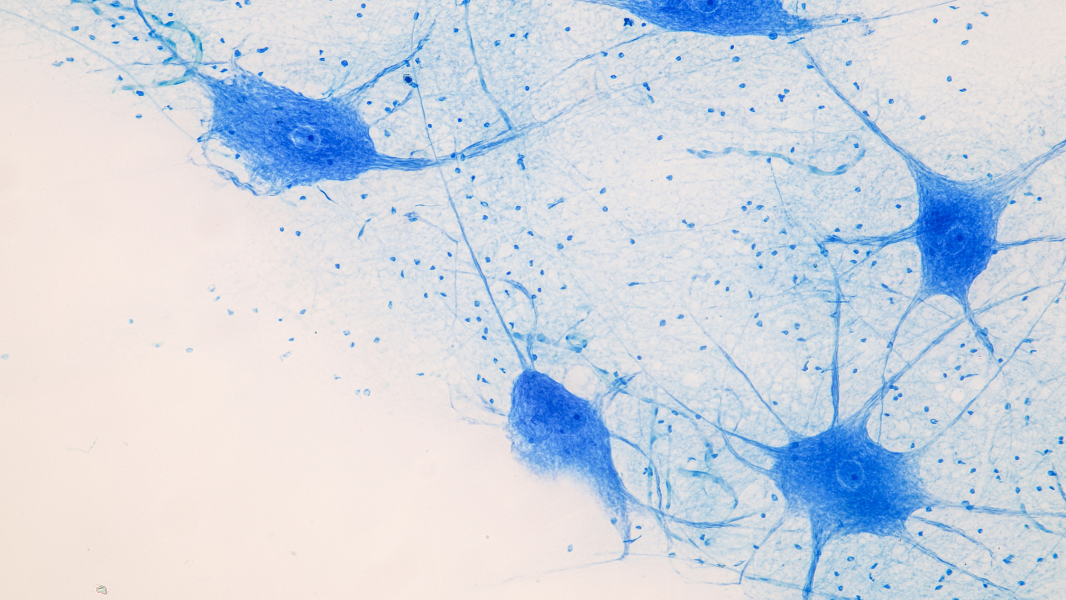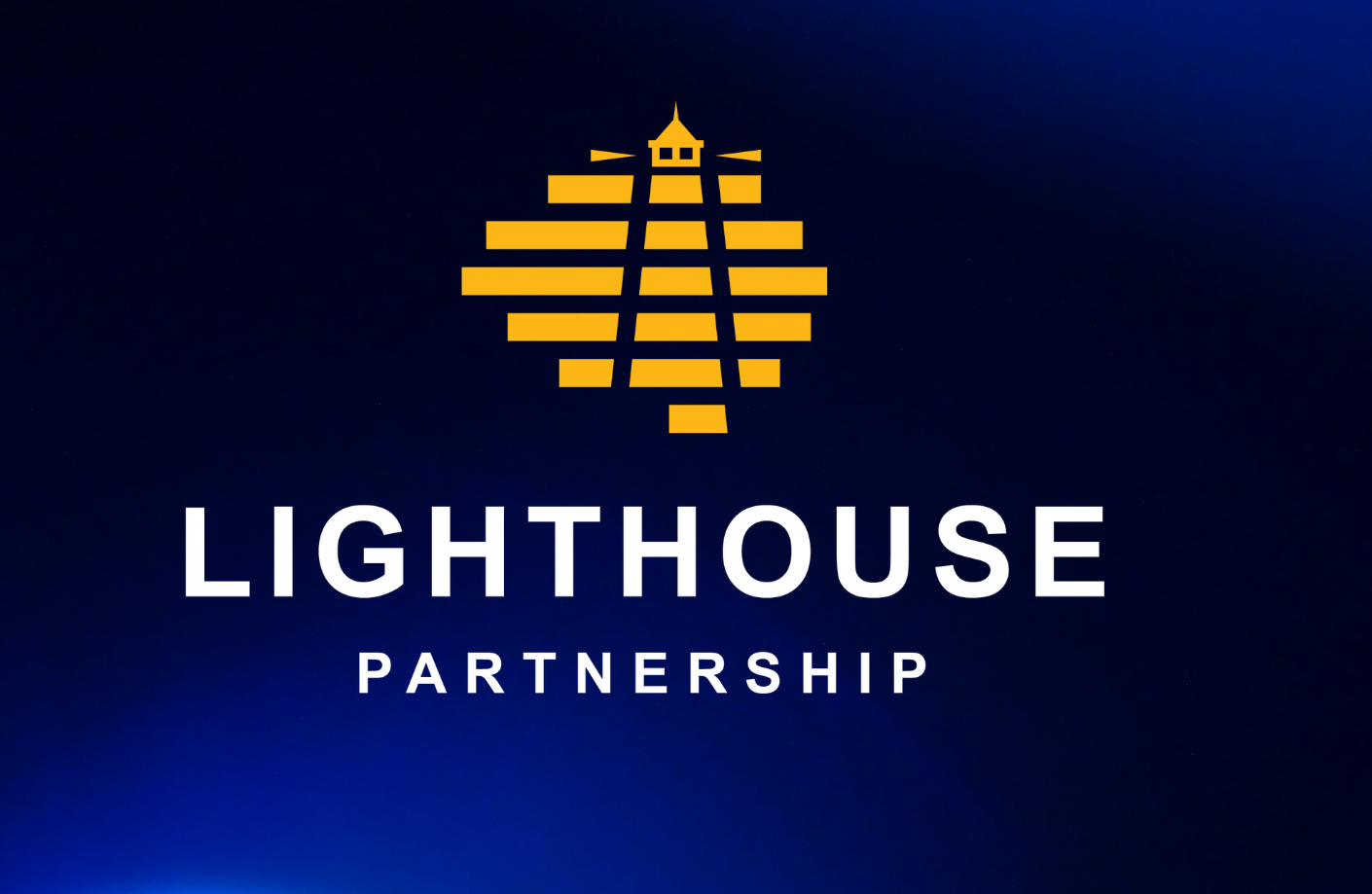Optogenetics for peripheral nerve disorders
Opsins to release spasticity in paralyzed patients

Goal | gene therapy and optoelectronic device to treat patients with spasticity
Status | ongoing
Timeframe | 2024 – 2027
Area of Research | AI-guided neuromodulation
Partners | HUG, EPFL, CHUV, UNIGE, FCBG
Affiliation | This project is part of the Lighthouse Partnership
This research project combines light and genetic engineering to control neuronal activity, offering high control over neurons. The project will deliver minimally invasive optogenetic therapy for peripheral nerve disorders to inhibit aberrant movements such as muscle spasms, and tremors, and alleviate neuropathic pain. These therapies will also enhance motor function and activate muscles to improve overall motor capabilities.
Opsin delivery will occur via Adeno-Associated Virus (AAV) vectors, that has already been proven safe for humans in other applications. Related success has been demonstrated where AAV-mediated optogenetic therapy was used to partially restore vision in a patient with inherited retinal dystrophy.

The Lighthouse Partnership
This project is part of the Lighthouse Partnership, an inter-institutional collaboration bringing together scientists, engineers, and clinicians with the goal of accelerating AI-guided neuromodulation. By harnessing the interdisciplinary expertise present in the Lemanic Region, the Lighthouse Partnership addresses the increasing global challenge of neurological and mental health disorders with leading institutions.